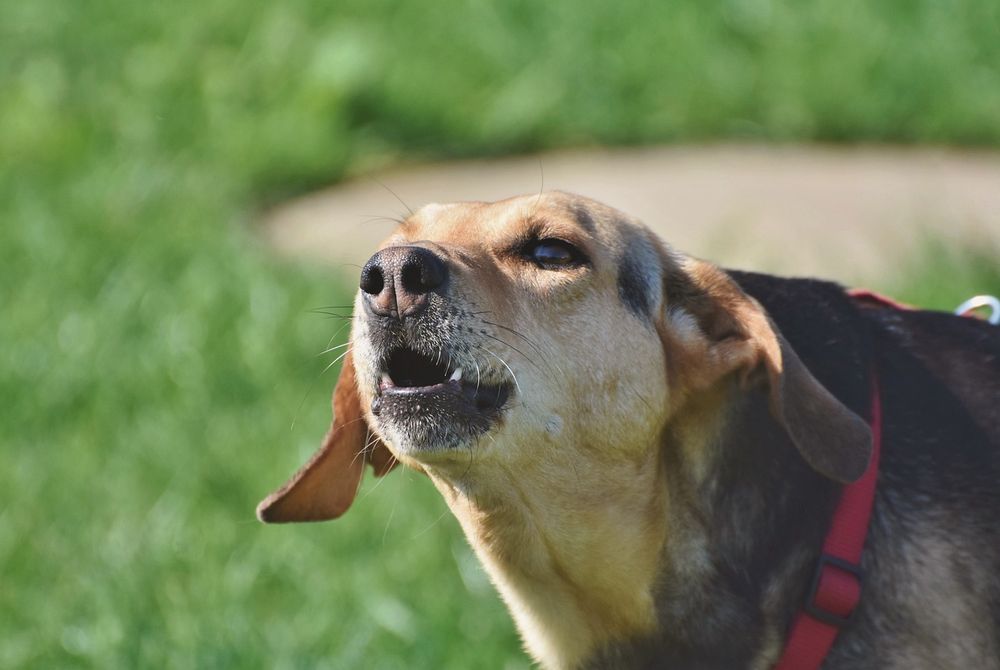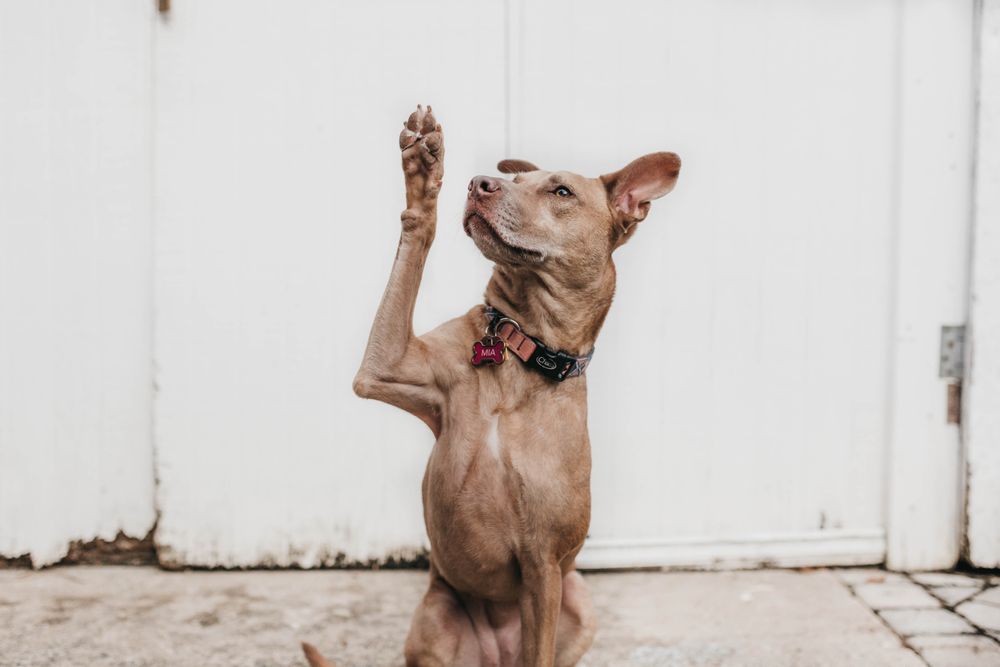Anxiety, specifically separation anxiety, is one of the most common behavioral challenges among dogs. Depending on your dog, the behavior may manifest itself in a number of different ways: barking when you leave the house, crying when you close the bathroom door, destroying your favorite shoes when you go for a run around the neighborhood, etc. Understanding your dog’s anxiety will help you put practices in place to manage the situation and ultimately help your dog feel better. To help you manage your dog’s anxiety, this article explains:
- The importance of teaching your dog how to be alone
- What causes separation anxiety
- How to help your dog feel comfortable when left alone
- Frequently asked questions about dogs crying when left alone
The importance of teaching your dog how to be alone
Dogs are social animals and being alone can be hard for them. Teaching your dog how to be alone will help prevent them from becoming stressed or anxious when you go out. If you don’t teach your dog how to be alone, they may start to exhibit destructive behaviors such as excessive barking, digging, or chewing unwanted items in your home.
What causes separation anxiety?
Anxiety is defined as the anticipation of a threatening event. Dogs with separation anxiety will become anxious or distressed when you leave them, or are about to leave them, alone. For example, if your dog begins to pant and pace as you get ready for work in the morning, they are likely becoming anxious at the signs of your departure.
How to help your dog feel comfortable being left alone
To help your dog feel better about being left alone:
- Offer your dog something awesome every time you leave the house. Work-to-eat toys such as the Fun feeder, KONG classic toy, and the Toppl are a great option. The reason work-to-eat toys are effective is because they provide mental stimulation, and your dog will be focused on getting their reward out of the toy and less on your departure.
- Build endurance slowly. Leave for short periods of time. You want to return before your dog is at all upset. Over time, you can stretch how long you can leave your dog before they start to feel anxious.
- Get a whitenoise machine. Using a white noise machine will help dim the kinds of noises your dog isn’t used to while you’re away. If you don’t want to buy one, leave music on for your dog to help drown out the outside noise.
- Consider crate training. Some dogs find it very calming to be isolated in a crate when their mom or dad leaves. This is something you will need to determine slowly. If your dog shows signs of distress when being crated, crate confinement probably isn’t the best option. Instead, try confining your dog to an area using a baby gate.
- Consider hiring a Certified Separation Anxiety Trainer (CSAT). These trainers specialize in helping dogs with separation anxiety. To find a trainer near you, ask your veterinarian.
- Never scold your dog. Your dog’s separation anxiety isn’t something they can control and, if you punish them for expressing their anxiety, you could exacerbate the situation.Be patient. Making your dog feel comfortable isn’t something you can rush, and your patience will pay off.

Frequently asked questions about dogs crying when left alone
Will a dog grow out of separation anxiety?
Your dog’s separation anxiety isn’t something they can control, but if you stay patient and work at your dog’s speed, their comfort with being alone will increase and their separation anxiety will decrease.
How long does it take dogs to get over separation anxiety?
Every dog’s timeline is different, and depends on the severity of your dog’s anxiety. While we recognize that separation anxiety is an unwanted behavior, the key to helping your dog feel better is to move at their speed and minimize long periods of alone time. By doing this, you will help your dog get more comfortable with your departure and increase their confidence being alone.
What are the signs of separation anxiety in dogs?
Depending on your dog, signs of anxiety may include:
- Barking or howling when you leave the house or go into another room.
- Urinating or defecating in the house when left alone.
- Chewing, digging and other forms of destruction when left alone.
- Following you from room to room when you are walking around the house.
- Trying to escape when left alone or separated from you.
- Pacing back and forth in circular patterns, or back and forth, when left alone.
Should I ignore my dog’s crying when they are left alone?
No. If your dog is crying when you leave, they’re not comfortable being alone. In this case, consider having someone stay with your dog when you’re gone or even bring your dog with you. From there, you can start to work on helping your dog feel comfortable being alone by stepping out for short periods of time and returning before your dog is upset. Over time, as your dog gets comfortable, you can stretch how long you can leave your dog.




